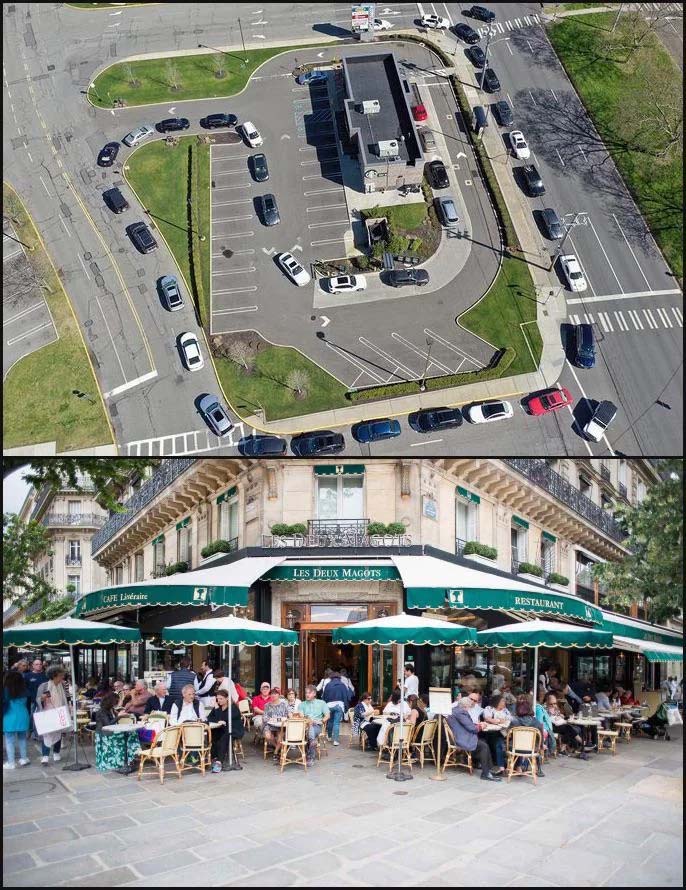Highlighting the roadblocks to exercise that modern society puts in place
Highlight
Over the past six decades, western societies have witnessed a profound fascination with the car, regardless of its economic, social and development costs as well as removing incentives to exercise.
We use every opportunity we can to highlight what is wrong with modern western society in the way it is discouraging exercise and distancing us from nature.

- Sedentary Lifestyles: With the rise of car culture, sedentary lifestyles have become increasingly prevalent. The latest statistics (2022-23) show New Zealand and the United States having the highest number of cars per 1000 people, with 884 and 908 respectively. Throughout the western world the percentage of adults who do not engage in leisure-time physical activity has reached alarming levels. For example the New Zealand Health Survey 2019-20 found that 48% of adults did less than 2.5 hours of activity per week.
- Decline in Active Transportation: The dominance of automobiles has resulted in a decline in active transportation modes such as walking and cycling. In the United Kingdom, travel by cycle was almost 15% of all trips in 1950 but has plummeted to around 1% in the 21st century.
- Capitalism & Convenience: Western societies are built around making things easier for the consumers who live in them and companies make higher profits by removing the need for physical labour or exertion of any kind.
- To address these roadblocks, it is crucial for societies to prioritize and promote active transportation alternatives and invest in pedestrian and cycling infrastructure. We also need to raise awareness about the benefits of physical activity, and encourage urban planning that supports walkable and bike-friendly communities. By doing so, we can work towards reducing the negative impacts of car-centric lifestyles and fostering healthier, more sustainable societies.
The picture shows 30 people waiting for coffee in the US (top) versus in France.